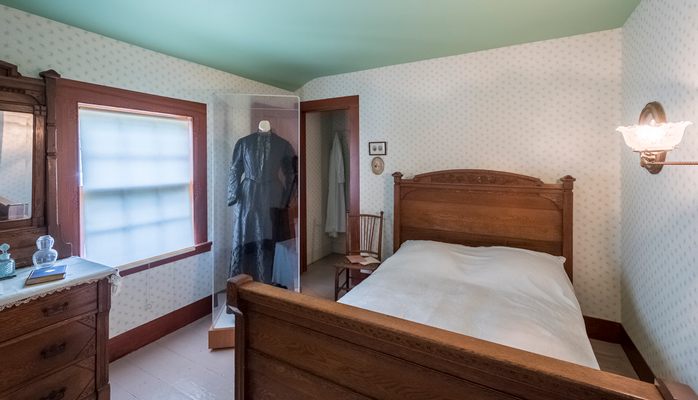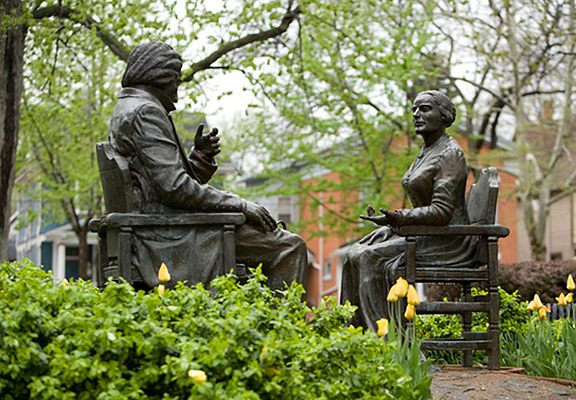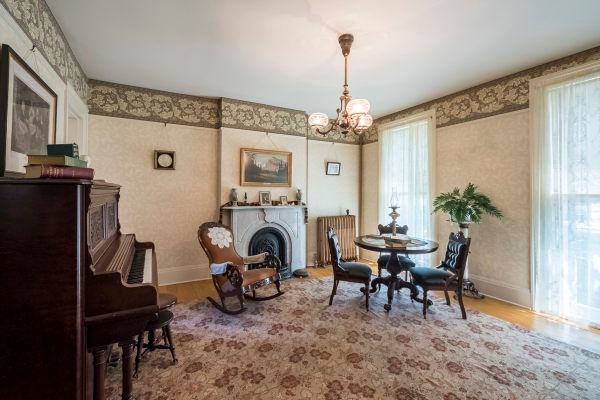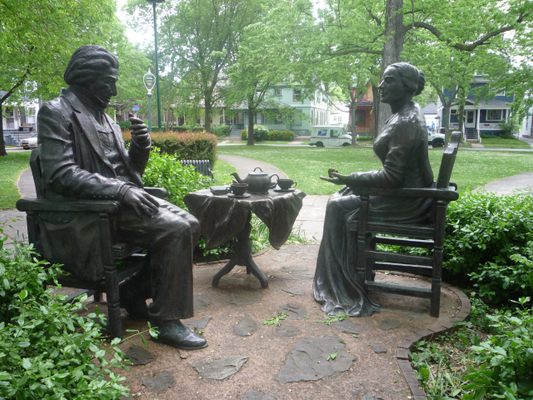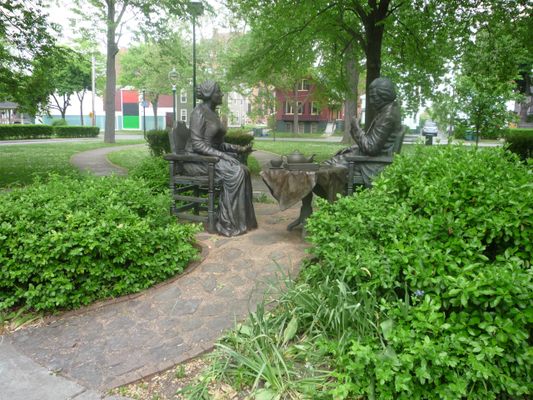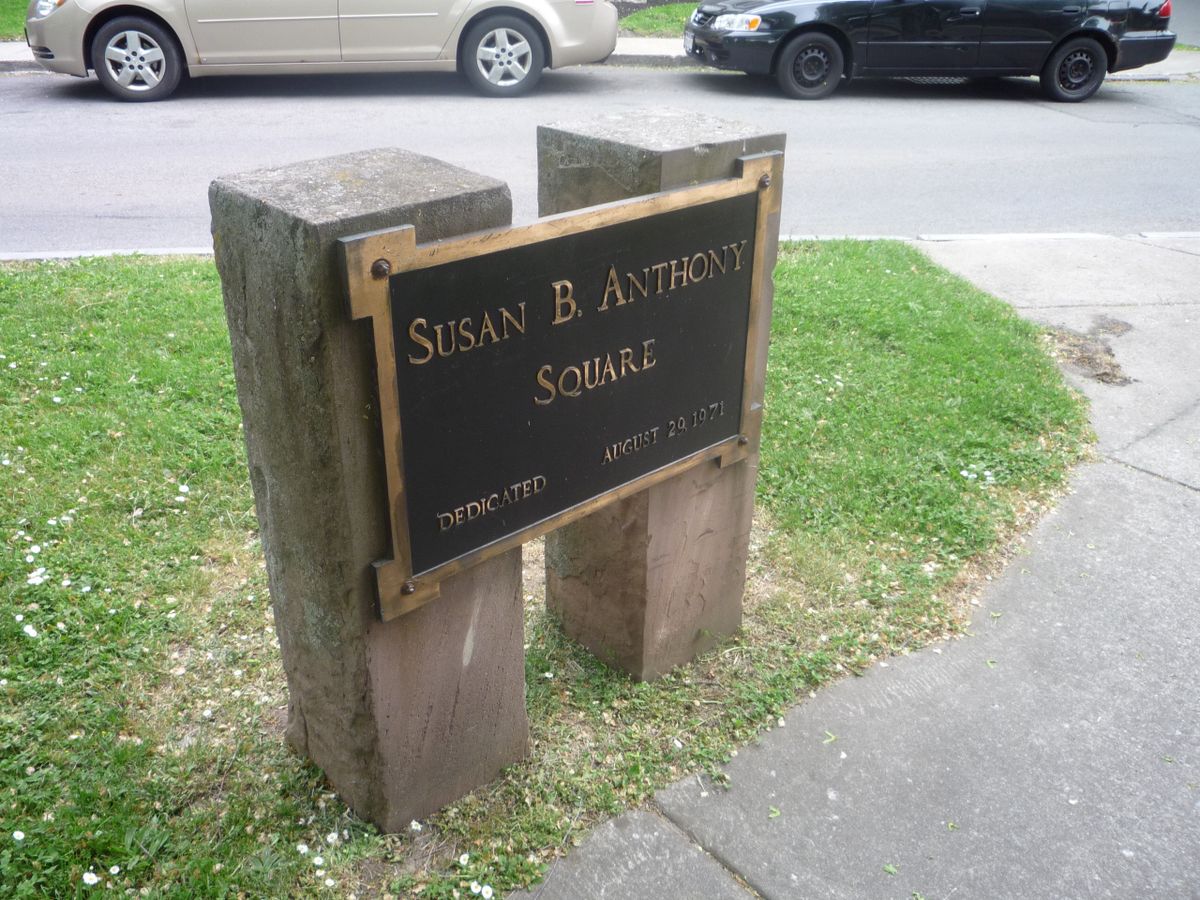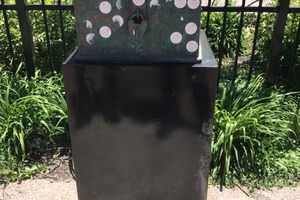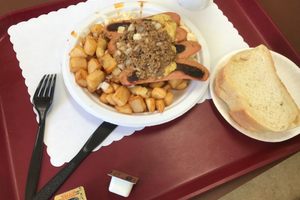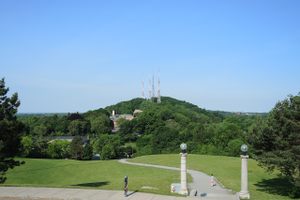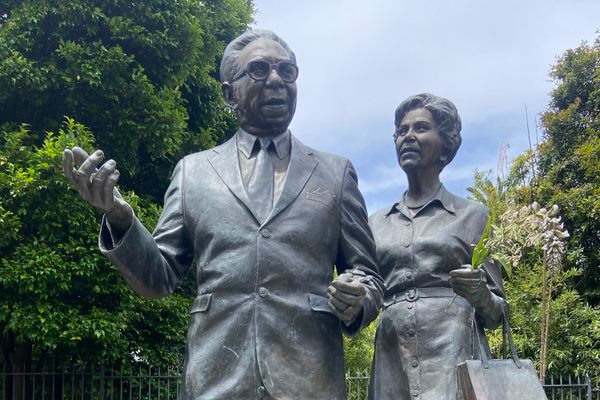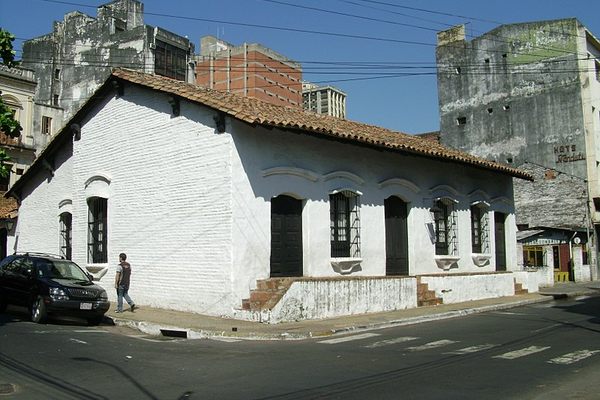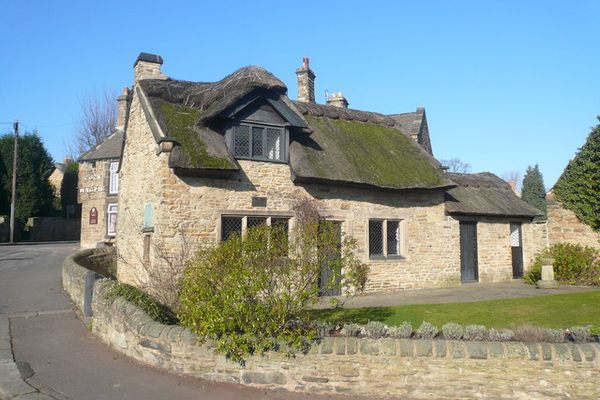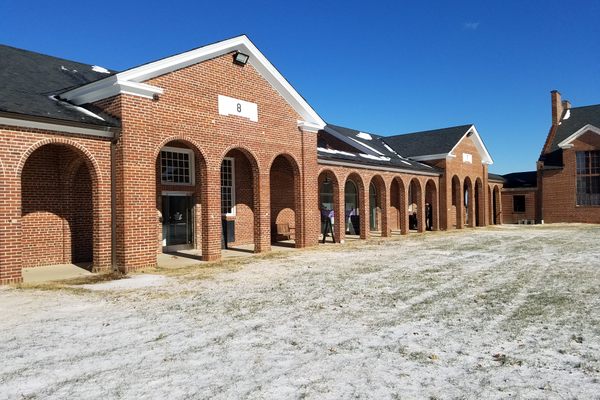About
In 1872, Susan B. Anthony led fifteen other women from this house at 17 Madison Street to a polling place around the corner on West Main Street (a barbershop, at the time), to demand to be allowed to vote. She used the 14th Amendment, which defined U.S. citizens as “All persons born or naturalized in the United States,” as her justification. It worked.
Two weeks later, U.S. Marshall E. J. Keeney unhappily came to arrest Anthony for that act of civil disobedience. He didn’t want to handcuff her, but she insisted. At the trial, she was found guilty of voting illegally, though her sentence, a $100 fine, was never enforced.
Located on the west side of the city of Rochester, New York, this house is where Anthony lived for the last forty years of her life, when she wasn’t traveling around the country campaigning for, among other things, women’s right to vote.
Anthony never owned the house herself — her mother Lucy bought it in 1866, and later sold it to her sister, Mary — but while Anthony lived there she hosted and worked with such historical figures as Frederick Douglass and Elizabeth Cady Stanton, who also happened to be her good friends.
The house was first purchased to be turned into a museum in 1945 by the Rochester Federation of Women’s Clubs, who had raised the money to preserve it. It was declared a National Historic Landmark in 1966, and tours of the house have been given since the 1970s. The site includes the Visitor Center and Museum Shop next door, in a house once owned by Anthony’s sister Hannah. Here there is a rare photograph of Anthony wearing something other than her iconic black dress, and facing forward — she usually posed in profile to hide the fact that she had one crossed eye.
The Museum has a mix of artifacts from the period, as well as some associated with Anthony herself. There is a Singer sewing machine she gave as a wedding present, a horsehair couch, a desk that was given to her and Stanton when they started their newspaper, The Revolution, and the pew Anthony and her family sat in at the First Unitarian Church of Rochester. There is also her iconic alligator-skin purse, one that she often carried with her and that has inspired generations of jump-ropers:
Call for the doctor! – Call for the nurse! – Call for the lady with the alligator purse!
"Mumps!" said the doctor. "Measles!" said the nurse. "Vote!!" said the lady with the alligator purse!!
The house is always changing, as more details about how it looked at the time Anthony lived in it are discovered. Occasionally rooms are closed to tours, but typically they include most of the first two floors, as well as the attic which Anthony had added to the house in 1895. She simply needed more room to work on the multi-volume “History of Woman Suffrage,” written with her collaborators Elizabeth Cady Stanton, Matilda Joslyn Gage and Ida Husted Harper.
Also included is the room where she died in 1906 at the age of 86, shortly after having given her “Failure is Impossible” speech in Baltimore, but sixteen years before the group’s six-volume “History” would be completed.
Related Tags
Know Before You Go
The Museum is open Tuesdays through Sundays (except major holidays) from 11am to 5pm. They are also closed the day of the annual birthday luncheon in mid-February. Admission is $15 for adults, $10 for seniors and active military, and $5 for students. A block up and across Madison Street is Susan B. Anthony Square (between Madison Park North and Madison Park South). At the center is a statue by Pepsy M. Kettavong, “Let’s Have Tea,” with Anthony and Frederick Douglass sitting down at a table covered with books and a pot of tea – just like you’d have found them at the house. To get to the Museum, take I-490 West to Exit 14, Broad St/Plymouth Ave, just past the Susan B. Anthony Frederick Douglass Bridge, and continue onto South Washington Street. Turn left onto West Main Street, then right onto Madison Street. There is a small parking lot by the Visitor Center at 19 Madison Street, as well as street parking. Between the exit and Madison Street is Nick Tahou Hots, where you can get one of Rochester’s famed Garbage Plates. A little closer to Madison is the 1872 Café, on the site where Anthony and fifteen other women voted illegally in 1872.
Community Contributors
Added By
Published
June 10, 2016
Sources
- http://susanbanthonyhouse.org/blog/
- https://en.wikipedia.org/wiki/Susan_B._Anthony_House
- https://en.wikipedia.org/wiki/Susan_B._Anthony#United_States_v._Susan_B._Anthony
- http://ic.galegroup.com/ic/uhic/ReferenceDetailsPage/ReferenceDetailsWindow?query=&prodId=UHIC&contentModules=&dviSelectedPage=&displayGroupName=Reference&limiter=&disableHighlighting=true&displayGroups=&sortBy=&search_within_results=&zid=&p=UHIC&action=2&catId=GALE%7C00000000MXJZ&activityType=&documentId=GALE%7CK1616000023&source=Bookmark&u=alli1510&jsid=5296326d51108935afa3de1465710afd
- https://en.wikipedia.org/wiki/Fourteenth_Amendment_to_the_United_States_Constitution#Text
- https://en.wikipedia.org/wiki/History_of_Woman_Suffrage


